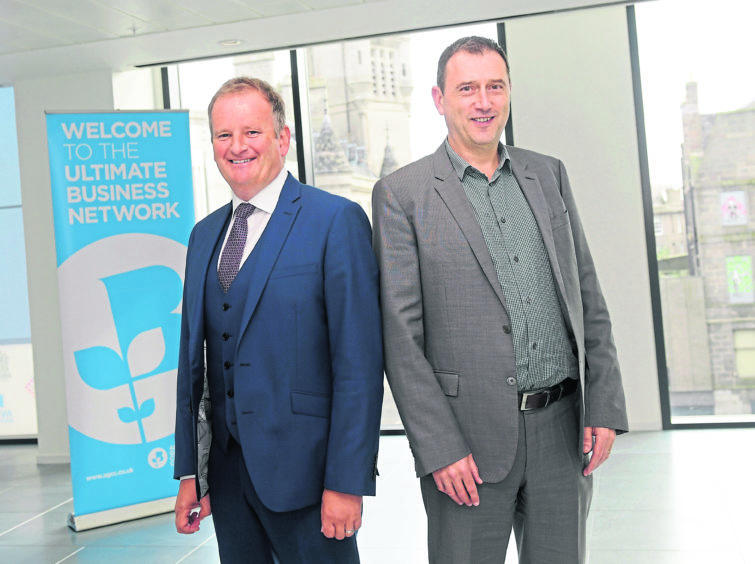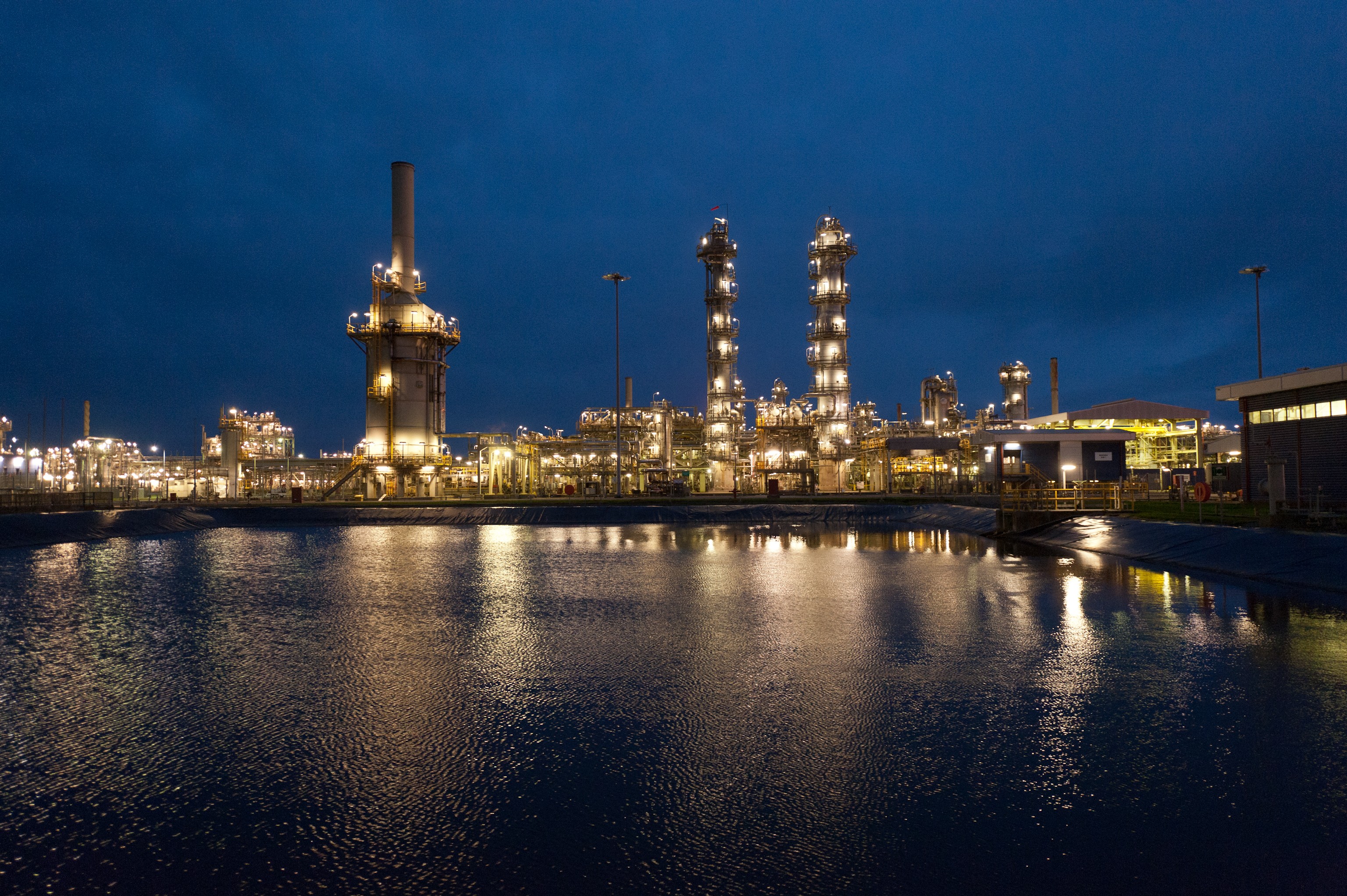
The total sum of cash earmarked for infrastructure projects in and around Aberdeen between now and 2030 has rocketed by £1.7 billion to more than £10bn during the past year, new figures show.
Aberdeen and Grampian Chamber of Commerce (AGCC) has just launched its fourth annual Investment Tracker, providing a snapshot of the scale of public and private sector investment planned for the north-east.
The latest total is £10.1bn, which is up from £8.6bn this time last year.
This is on top of £800 million-worth of projects completed since the 2018 Tracker was published, including work at Aberdeen Art Gallery, the Music Hall, Banchory Sports Village and the region’s new world-class events venue, P&J Live.
Significant projects included in the investment pipeline include £500m plans for the Kincardine Offshore Wind Farm, off the north-east coast, and the £350m expansion of Aberdeen harbour.
Around £275m has been committed to the Acorn carbon capture and storage development at St Fergus gas terminal, while another £200m is being spent on hydrogen projects in the north-east.
Another £150m is being invested in the Queen Street regeneration project in Aberdeen city centre, with a similar sum earmarked for a retail and leisure development at Blackdog.
The pipeline also includes the £28.3m transformation of Union Terrace Gardens, a £74m community campus in Peterhead and nearly £60m of investment in new bio-therapeutic and food innovation “hubs”.
Aberdeen City Council co-leader Jenny Laing said the latest Tracker, produced by AGCC in partnership with professional services giant EY, gave a “very positive message” about the north-east.
“It shows what can be achieved when public and private sectors work together,” she said, adding it was now vital to ensure economic growth in the region is “inclusive”, creating opportunities for all.
The Tracker does not include offshore oil and gas investment or any spending by individual businesses.
EY global oil and gas tax lead and Aberdeen senior partner Derek Leith said the latest Tracker figures can help promote a “sense of confidence” in the area and what can be achieved.
He added: “This year’s report demonstrates a resilient and vibrant economy in the north-east, built from a diversification strategy that is future-proofing the region for generations to come.
“We have seen projects reach completion but there is also an ongoing pipeline of further capital investment that will create jobs and grow the local economy.
“While the region was recovering from one of the worst downturns in the oil and gas sector, innovation and local leadership stepped up.
“As a result, we are at an exciting time with many innovation projects that will see Aberdeen become a centre of excellence in food, life sciences, and, of course, reassert our position as a world leader in the energy sector. The very first tracker was very much a vision – a map of what was planned. I am proud that in this fourth edition we can now show actual achievement.”
Chamber chief executive Russell Borthwick said: “The Tracker tells a story of great progress for our regional economy.
“The pace of change is breathtaking and a lot has happened in the last year, with the highlight being the full opening of Europe’s largest new road scheme, the Aberdeen Western Peripheral Route.
“Looking to the future, we are seeing investment in new schools, healthcare facilities and quality housing, including new town developments.
“This is accompanied by investment in new digital infrastructure which will make Aberdeen Scotland’s first gigabit city by 2021, benefiting residents and companies alike.
“The north-east’s bold investment programmes are creating an energised, connected and revitalised region, one that offers an unparalleled experience for residents and visitors alike.”
Recommended for you

